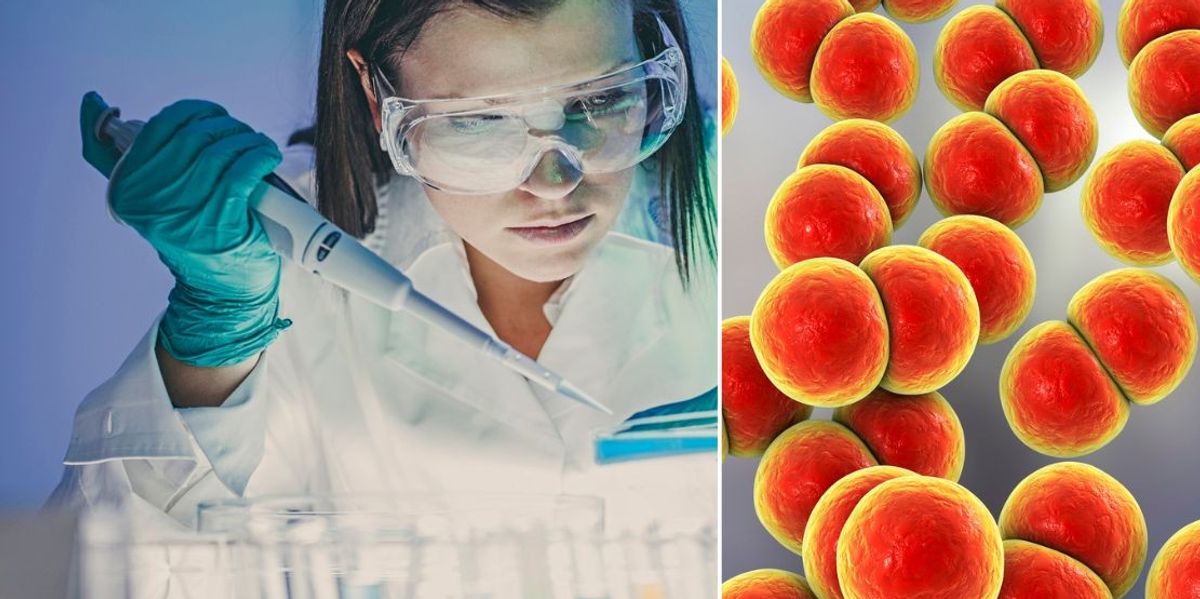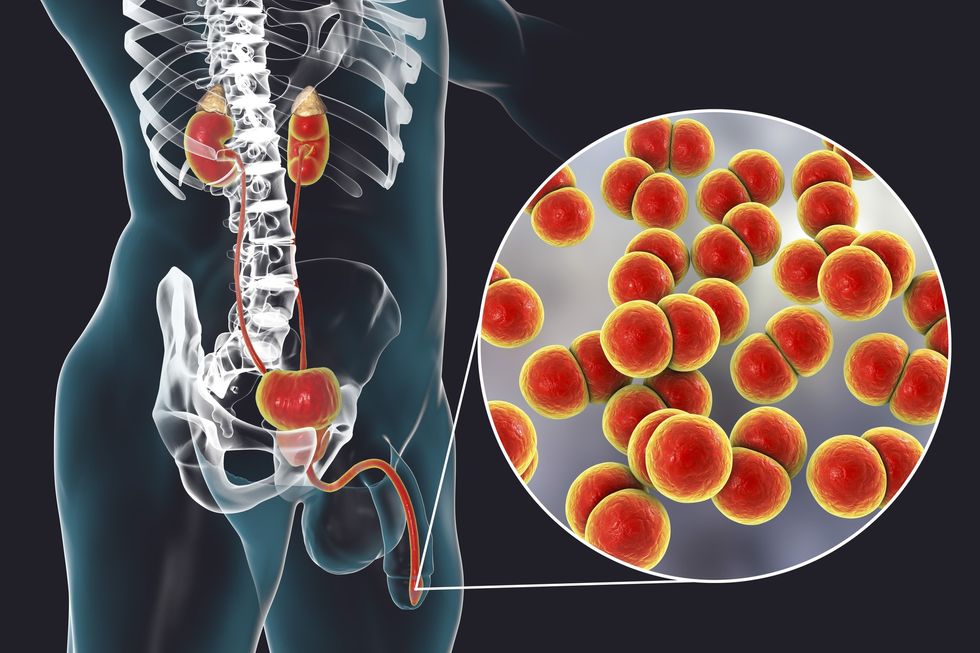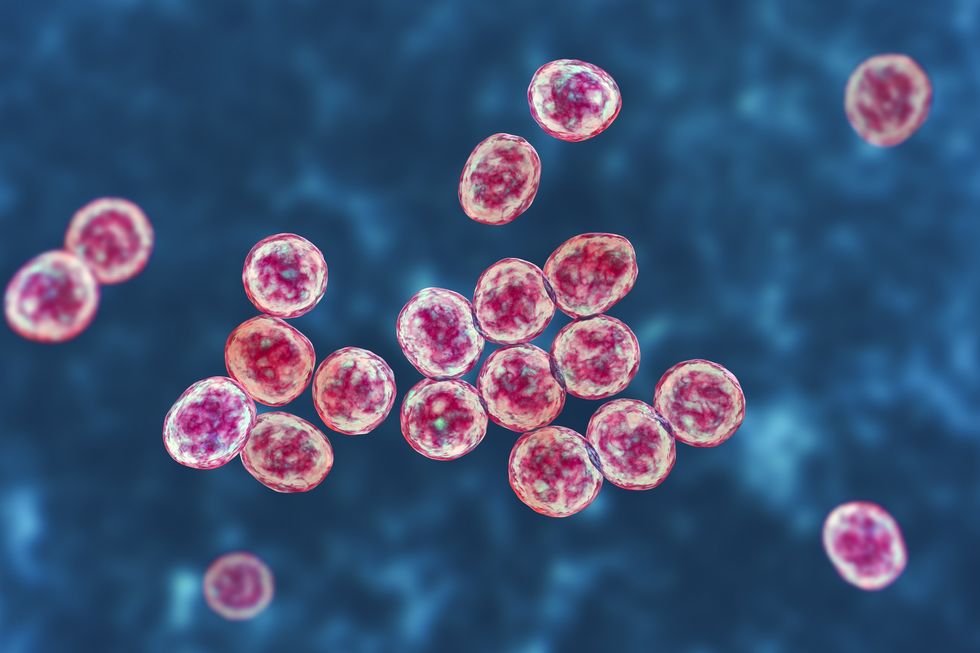



Scientists at the Massachusetts Institute of Technology have used artificial intelligence to develop two promising antibiotics capable of combating drug-resistant strains of gonorrhoea and MRSA.
The breakthrough research, published in the journal Cell, marks a significant advance in addressing antibiotic-resistant – or superbug – infections, which claim over one million lives annually.
The innovative compounds were constructed atom-by-atom through AI technology and demonstrated effectiveness against these dangerous bacteria during laboratory experiments and tests on infected mice.
This pioneering approach represents a departure from traditional methods, as the AI generated entirely new molecular structures rather than screening existing chemical compounds for antibiotic properties.
The research team's AI system analysed an extraordinary 36 million chemical compounds, including substances that have never been synthesised or discovered.
Scientists provided the AI with chemical structures of existing compounds and information about their effectiveness against various bacterial species, enabling the system to understand how molecular arrangements influence antibacterial properties.
The technology employed two distinct strategies: one began by examining a database of chemical fragments containing eight to 19 atoms, while the other allowed the AI complete freedom in molecular design.

MIT has used AI to develop promising antibiotics capable of combating drug-resistant gonorrhoea
|GETTY IMAGES
The process eliminated compounds resembling existing antibiotics and filtered out substances potentially harmful to humans, ensuring the creation of genuine therapeutic candidates rather than simple cleaning agents.
The compounds require substantial development before reaching patients, with researchers estimating one to two years of refinement preceding the lengthy clinical trial process.
"We're excited because we show that generative AI can be used to design completely new antibiotics," Professor James Collins from MIT told the BBC.
He believes artificial intelligence could provide crucial advantages in combating antibiotic-resistant bacteria.

The research marks a significant advancement in addressing antibiotic-resistant MRSA
|GETTY
"AI can enable us to come up with molecules, cheaply and quickly, and in this way, expand our arsenal, and really give us a leg up in the battle of our wits against the genes of superbugs."
The MIT team suggests that AI work could signal a "second golden age" in antibiotic development.
But despite acknowledging the research's importance, specialists have identified major obstacles ahead.
Dr Andrew Edwards from Imperial College London's Fleming Initiative described the work as "very significant" with "enormous potential", noting that it "demonstrates a novel approach to identifying new antibiotics".
However, he cautioned: "While AI promises to dramatically improve drug discovery and development, we still need to do the hard yards when it comes to testing safety and efficacy."
Manufacturing presents another hurdle – among 80 theoretical treatments for gonorrhoea, merely two could be synthesised.
Professor Chris Dowson from Warwick University raised economic concerns, questioning "How do you make drugs that have no commercial value?" given that new antibiotics should be used sparingly to maintain effectiveness.
In other health news, a cutting-edge cancer treatment could boost chemotherapy efficacy if rolled out.
The innovative drug, KCL-HO-1i, functions by dismantling a crucial protective mechanism that cancerous growths employ to evade treatment.
Initial experiments using mouse models of breast cancer have yielded encouraging outcomes, with human trials commencing within two years, pending appropriate funding.
